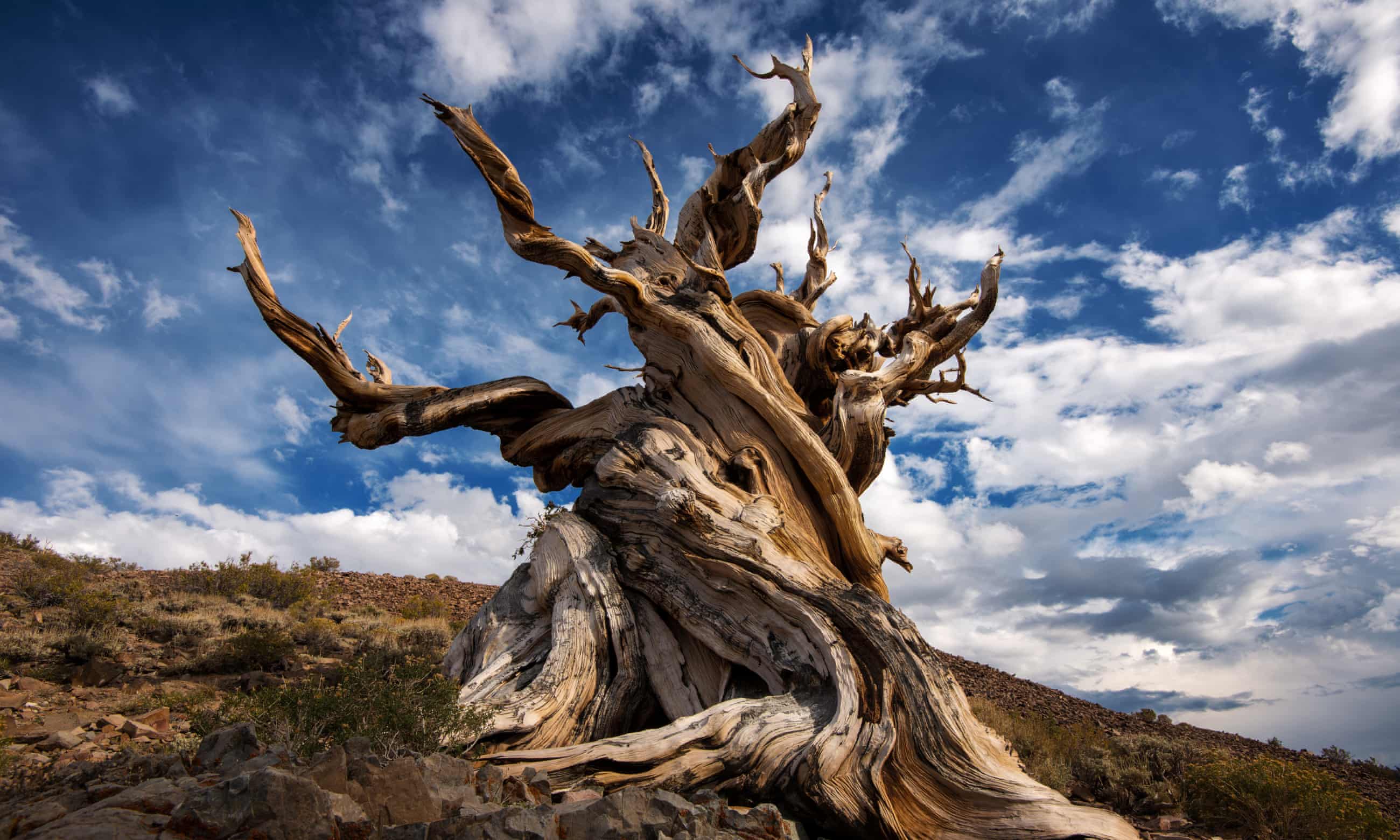In the remote reaches of the White Mountains in California, USA, stands a silent sentinel, weathered by time and bearing witness to millennia of human history. Meet Methuselah, the oldest known living organism on Earth—a bristlecone pine tree estimated to be over 4,800 years old. In this blog, we delve into the remarkable story of Methuselah, exploring its enduring existence, the secrets it holds, and the lessons it teaches us about the resilience of nature.
Key Statistics of the Oldest Living Organism:
| Attribute | Value |
|---|---|
| Species | Bristlecone Pine |
| Age | Over 4,800 years |
| Location | White Mountains, California, USA |
| Height | Approximately 50 feet (15 meters) |
| Diameter at Base | Roughly 16 feet (5 meters) |
| Growth Rate | Extremely slow, approximately 1 inch (2.5 cm) every 100 years |
| Preservation Status | Kept secret for protection from vandalism |
| Significance | Oldest known living organism on Earth |
The Discovery of Methuselah:
Methuselah was discovered in the 1950s by a group of scientists who were researching ancient trees in the bristlecone pine forests. These forests, nestled at high altitudes, provide a harsh environment that ultimately contributes to the longevity of the trees. Methuselah's exact location is kept a closely guarded secret, ensuring its protection from potential vandalism.
The Remarkable Age:
The age of Methuselah is truly mind-boggling. Imagine a tree that has witnessed the rise and fall of civilizations, the construction of ancient wonders, and the evolution of human society. With an estimated age of over 4,800 years, Methuselah predates the Egyptian pyramids, Stonehenge, and even the written language.
Bristlecone Pines:
Nature's Longevity Experts: What makes Methuselah and its fellow bristlecone pines so resilient? These ancient trees have adapted to the extreme conditions of their environment. Growing at high altitudes with minimal precipitation, they have developed unique strategies to thrive. Their gnarled and twisted branches and their dense, resinous wood enable them to withstand harsh winds, freezing temperatures, and arid soils.
A Testimony to Time:
Methuselah's longevity is not just a matter of age; it is a testament to the interconnectedness of all life on Earth. Each ring within its trunk tells a story—a history of droughts, fires, and the changing climate. By studying these rings, scientists gain valuable insights into past environmental conditions, helping us understand our planet's history and anticipate future challenges.
Preserving Methuselah and its Legacy:
As Methuselah continues its silent vigil, the importance of preserving this ancient guardian becomes paramount. Efforts are underway to protect Methuselah and other ancient trees from environmental threats and human disturbances. By safeguarding these living relics, we ensure that future generations can marvel at their resilience and draw inspiration from their timeless existence.
Lessons from Methuselah:
Methuselah's remarkable age offers profound lessons for humankind. It reminds us of the fleeting nature of our own existence and the importance of living in harmony with the natural world. Methuselah teaches us about patience, adaptability, and the strength to weather the storms of life. In an era of rapid change and uncertainty, the ancient tree stands as a symbol of resilience, endurance, and the enduring power of nature.
Curated Video:
Conclusion: Methuselah, the ancient guardian of the forest, stands tall as a living testament to the resilience and longevity of Earth's ecosystems. Its extraordinary age serves as a bridge between our past and present, reminding us of our place in the vast tapestry of time. As we strive to protect and conserve our planet's natural wonders, let us draw inspiration from Methuselah's steadfastness, preserving the lessons it imparts for generations to come.
Discover More
Most Viewed
Christmas is a season of joy, love, and traditions. And what better way to get into the holiday spirit than through timeless carols? These musical gems have been bringing people together for generations. Here’s our ranked list of the Top 10 Christmas Caro…
Read More

















